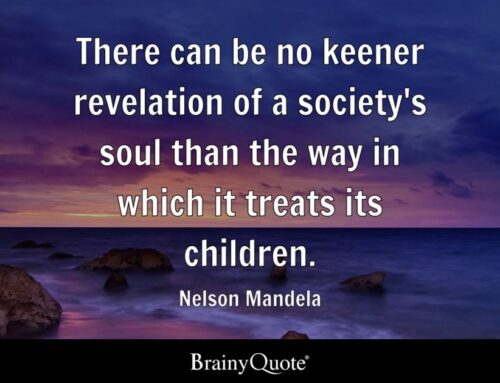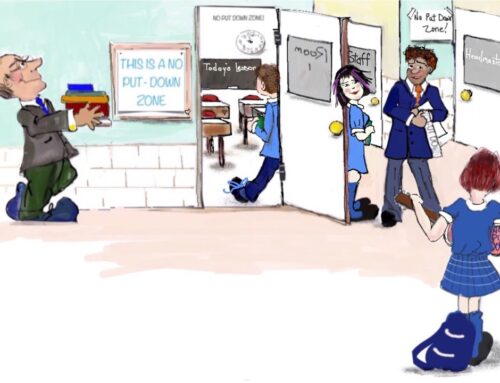Have you seen the car sticker: If you can read this thank a teacher ?
There is so much to thank teachers for – and not only for our children’s ability in literacy and numeracy. If we started listing all the things a teacher does and everything a student learns in their years of school we would realise just how much we owe them.
Yet rather than gratitude, teachers get a lot of stick in the press – and from politicians. They are a sitting duck as a scapegoat for anything that is problematic with young people. When ‘test scores’ are not as high as Korea or Singapore fingers get pointed at teachers for not doing a ‘good enough’ job. Maybe it’s time we changed the zeitgeist and started up a different conversation.
Let’s stop and think for a minute how we value our teachers in the simplest of methods – what we pay them. A colleague recently sent me figures for Canada that I found very interesting so did a bit of research and matched them in Australia.
What’s a basic baby-sitting wage – just for being there, no qualifications or input necessary other than just being with children to make sure they don’t do themselves any harm. What would you pay for that – perhaps $5 an hour per child? Not much.
The average class size in NSW is 25 students (Office of Education, NSW, Nov 2013). I will assume that this is pretty much the same across the country.
Now, not taking into account preparation time for lessons, parents evenings, school staff meetings, sports days, residential camps and the numerous weekends catching up on report writing or holidays – let’s just pay teachers for six hours a day for 190 days a year.
What does that come to in babysitting rates? – $142, 500.
The average teacher’s salary across Australia is $65, 371.
So we pay teachers less than half than we would pay the teenager from next door for babysitting our kids. And if we counted all the other hours they do we would be paying them an even smaller fraction.
Teachers who have studied for several years, gained formal qualifications, have high-level skills not just in their subject but in teaching methods; who have responsibility not just for child safety but for learning, behaviour and other aspects of development. Teachers who often turn vulnerable lives around.
Makes you think doesn’t it?







